 W
WFrancis Healey Albertson was an American actor who had supporting roles in films such as It's a Wonderful Life (1946) and Psycho (1960).
 W
WRobert Burgess Aldrich was an American film director, producer, and screenwriter. His notable credits include Vera Cruz (1954), Kiss Me Deadly (1955), The Big Knife (1955), Autumn Leaves (1956), Attack (1956), What Ever Happened to Baby Jane? (1962), Hush...Hush, Sweet Charlotte (1964), The Flight of the Phoenix (1965), The Dirty Dozen (1967) and The Longest Yard (1974).
 W
WFrancis Xavier Atencio, also known as X Atencio was an animator and Imagineer for The Walt Disney Company. He is perhaps best known for writing the scripts and song lyrics of the Disney theme park attractions, Pirates of the Caribbean and The Haunted Mansion.
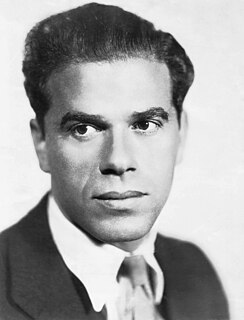 W
WFrank Russell Capra was an Italian-born American film director, producer and writer who became the creative force behind some of the major award-winning films of the 1930s and 1940s. Born in Italy and raised in Los Angeles from the age of five, his rags-to-riches story has led film historians such as Ian Freer to consider him the "American Dream personified".
 W
WFrank Clarke was a Hollywood stunt pilot, actor, and military officer. His most prominent role was as Leutnant von Bruen in the 1930 production Hell's Angels, but he flew for the camera and performed stunts in more than a dozen films in the 1930s and 1940s. Clarke was killed in an aircraft crash near Isabella, California, in 1948.
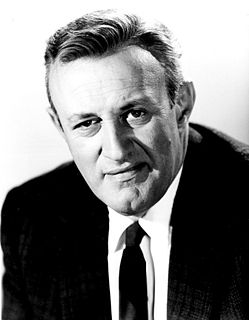 W
WLee J. Cobb was an American actor. He played the role of Willy Loman in the original Broadway production of Arthur Miller's 1949 play Death of a Salesman under the direction of Elia Kazan. He also performed in On the Waterfront (1954), 12 Angry Men (1957), and The Exorcist (1973). On television, Cobb starred in the first four seasons of the Western series The Virginian. He often played arrogant, intimidating and abrasive characters, but he also acted as respectable figures such as judges. He was twice nominated for the Academy Award for Best Supporting Actor, for The Brothers Karamazov (1958) and On the Waterfront (1954).
 W
WDavid Conover was an author and documentary photographer who is credited with discovering Marilyn Monroe while taking photos for Yank magazine. While attached to the U.S. Army Air Forces' First Motion Picture Unit, his commanding officer was future U.S. president Ronald Reagan, who had sent Conover to the Radioplane Munitions Factory where he discovered Monroe.
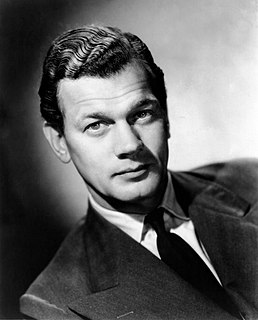 W
WJoseph Cheshire Cotten Jr. was an American film, stage, radio and television actor. Cotten achieved prominence on Broadway, starring in the original stage productions of The Philadelphia Story and Sabrina Fair.
 W
WJules Engel was an American filmmaker, painter, sculptor, graphic artist, set designer, animator, film director, and teacher. He was the founding director of the experimental animation program at the California Institute of the Arts, where he taught until his death, serving as mentor to several generations of animators.
 W
WPeter van Eyck was a German-born film actor. He was perhaps best known for his roles in the 1960s features The Spy Who Came in from the Cold, Shalako and The Bridge at Remagen.
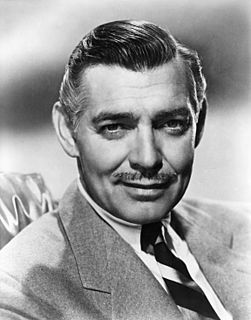 W
WWilliam Clark Gable was an American film actor, often referred to as "The King of Hollywood". He had roles in more than 60 motion pictures in multiple genres during a career that lasted 37 years, three decades of which was as a leading man. Gable died of a heart attack; his final on-screen appearance was of an aging cowboy in The Misfits, released posthumously in 1961.
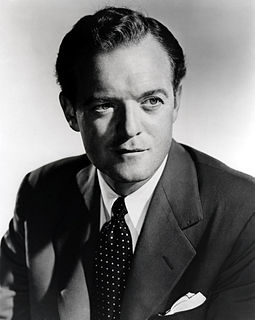 W
WEmmett Evan "Van" Heflin Jr. was an American theatre, radio and film actor. He played mostly character parts over the course of his film career, but during the 1940s had a string of roles as a leading man. Heflin won the Academy Award for Best Supporting Actor for his performance in Johnny Eager (1942). He also had memorable roles in Westerns such as Shane (1953), 3:10 to Yuma (1957), and Gunman's Walk (1958).
 W
WWilliam Holden was an American actor, one of the biggest box-office draws of the 1950s. Holden won the Academy Award for Best Actor for the film Stalag 17 (1953) and the Primetime Emmy Award for Outstanding Lead Actor in a Limited Series or Movie for the television film The Blue Knight (1973). Holden starred in some of Hollywood's most popular and critically acclaimed films, including Sunset Boulevard (1950), Sabrina (1954), Picnic (1955), The Bridge on the River Kwai (1957), The Wild Bunch (1969) and Network (1976). He was named one of the "Top 10 Stars of the Year" six times, and appeared as 25th on the American Film Institute's list of 25 greatest male stars of Classic Hollywood Cinema.
 W
WGeorge Edward Hurrell was a photographer who contributed to the image of glamour presented by Hollywood during the 1930s and 1940s.
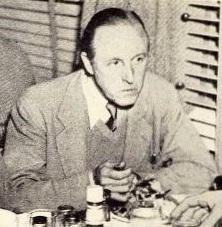 W
WWilliam Jackson Keighley was an American stage actor and Hollywood film director.
 W
WJackson DeForest Kelley, known to colleagues as "Dee", was an American actor, screenwriter, poet, and singer known for his roles in Westerns and as Dr. Leonard "Bones" McCoy of the USS Enterprise in the television and film series Star Trek (1966–1991).
 W
WJohn Arthur Kennedy was an American stage and film actor known for his versatility in supporting film roles and his ability to create "an exceptional honesty and naturalness on stage", especially in the original casts of Arthur Miller plays on Broadway. He won the 1949 Tony Award for Best Featured Actor in a Play for Miller's Death of a Salesman. He also won the Golden Globe for Best Supporting Actor for the 1955 film Trial, and was a five-time Academy Award nominee.
 W
WAlan Walbridge Ladd was an American actor and film and television producer. Ladd found success in film in the 1940s and early 1950s, particularly in Westerns, such as Shane (1953), and in film noirs. He was often paired with Veronica Lake in noirish films, such as This Gun for Hire (1942), The Glass Key (1942), and The Blue Dahlia (1946). Ladd also appeared in ten films with William Bendix; both actors coincidentally died in 1964.
 W
WArnold Laven was an American film and television director and producer. He was one of the founders and principals of the American film and television production company Levy-Gardner-Laven. Laven was a producer of, among other things, the western television series The Rifleman and The Big Valley. He also directed motion pictures, including Without Warning!, The Rack, The Monster That Challenged the World, Geronimo, Rough Night in Jericho, and Sam Whiskey. In the 1970s and early 1980s, Laven directed dozens of episodes of television series, including episodes of Mannix, The A-Team, Hill Street Blues, The Six Million Dollar Man, Fantasy Island, The Rockford Files and CHiPs.
 W
WPare Lorentz was an American filmmaker known for his film work about the New Deal. Born Leonard MacTaggart Lorentz in Clarksburg, West Virginia he was educated at Buckhannon High School, West Virginia Wesleyan College, and West Virginia University. As a young film critic in both New York City and Hollywood, Lorentz spoke out against censorship in the film industry.
 W
WAlbert Paul Mantz, known as Paul Mantz, was a noted air racing pilot, movie stunt pilot and consultant from the late 1930s until his death in the mid-1960s. He gained fame on two stages: Hollywood and in air races.
 W
WGeorge Montgomery was an American actor, best known for his work in Western films and television. He was also a painter, director, producer, writer, sculptor, furniture craftsman, and stuntman.
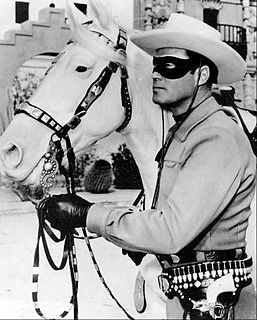 W
WClayton Moore was an American actor best known for playing the fictional western character the Lone Ranger from 1949 to 1952 and 1953 to 1957 on the television series of the same name and two related movies from the same producers.
 W
WEamon Joseph O'Brien was an American actor. In a career spanning nearly four decades, he received an Academy Award, two Golden Globe Awards, and two stars on the Hollywood Walk of Fame.
 W
WJohn Howard Payne was an American film actor who is mainly remembered from film noir crime stories and 20th Century Fox musical films, and for his leading roles in Miracle on 34th Street and the NBC Western television series The Restless Gun.
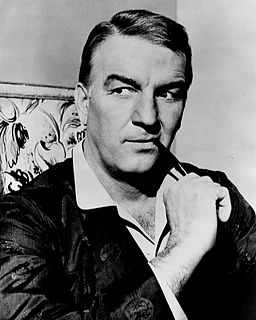 W
WDonald Porter was an American actor who appeared in a number of films in the 1940s, including Top Sergeant and Eagle Squadron.
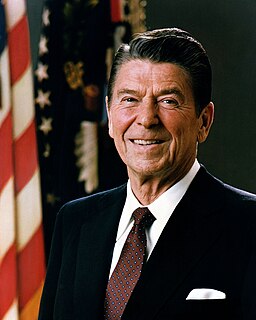 W
WRonald Wilson Reagan was an American politician who served as the 40th president of the United States from 1981 to 1989 and became a highly influential voice of modern conservatism. Prior to his presidency, he was a Hollywood movie actor and union leader before serving as the 33rd governor of California from 1967 to 1975.
 W
WGeorge Reeves was an American actor. He is best known for his role as Superman in the 1952–1958 television program Adventures of Superman.
 W
WDavid Daniel Rose was an American songwriter, composer, arranger, pianist, and orchestra leader. His best known compositions were "The Stripper", "Holiday for Strings", and "Calypso Melody". He also wrote music for many television series, including It's a Great Life, The Tony Martin Show, Little House on the Prairie, Highway to Heaven, Bonanza, Leave it to Beaver, and Highway Patrol, some under the pseudonym Ray Llewellyn. Rose's work as a composer for television programs earned him four Emmys. In addition, he was musical director for The Red Skelton Show during its 21-year run on the CBS and NBC networks. He was a member of Phi Mu Alpha Sinfonia, the national fraternity for men in music.
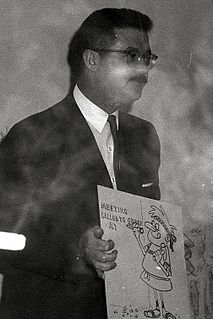 W
WWilliam John Scott was an American voice actor, writer and producer for animated cartoons, primarily associated with Jay Ward and UPA, as well as one of the founding members of ASIFA-Hollywood. He is probably best known as the head writer, co-producer and the voice of several characters from the popular programs Rocky and His Friends and The Bullwinkle Show.
 W
WTheodor Seuss Geisel was an American children's author, political cartoonist, illustrator, poet, animator, and filmmaker. He is known for his work writing and illustrating more than 60 books under the pen name Dr. Seuss (,). His work includes many of the most popular children's books of all time, selling over 600 million copies and being translated into more than 20 languages by the time of his death.
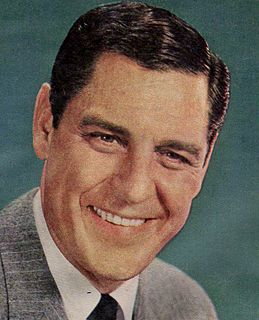 W
WCraig Stevens was an American film and television actor, best known for his starring role on television as private detective Peter Gunn from 1958 to 1961.
 W
WCecil William Stoughton was an American photographer. He is best known for being President John F. Kennedy's photographer during his White House years.
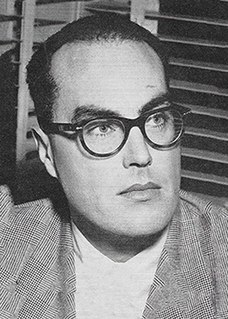 W
WJohn Eliot Sturges was an American film director. His films include Bad Day at Black Rock (1955), Gunfight at the O.K. Corral (1957), The Magnificent Seven (1960), and The Great Escape (1963). In 2013, The Magnificent Seven was selected for preservation in the United States National Film Registry by the Library of Congress as being "culturally, historically, or aesthetically significant". Although both he and fellow director Preston Sturges were from the Chicago area and shared the same last name, they had no known close relation to each other.
 W
WFranklin Rosborough "Frank" Thomas was an American animator and pianist. He was one of Walt Disney's leading team of animators known as the Nine Old Men.
 W
WIrving Wallace was an American best-selling author and screenwriter. He was known for his heavily researched novels, many with a sexual theme.
 W
WJack Leonard Warner was a Canadian-American film executive, born in Canada, who was the president and driving force behind the Warner Bros. Studios in Burbank, California. Warner's career spanned some 45 years, its duration surpassing that of any other of the seminal Hollywood studio moguls.
 W
WWilliam Wyler was a Swiss-German-American film director and producer. Notable works include Mrs. Miniver (1942), The Best Years of Our Lives (1946), and Ben-Hur (1959), all of which won him the Academy Award for Best Director. Wyler received his first Oscar nomination for directing Dodsworth in 1936, starring Walter Huston, Ruth Chatterton and Mary Astor, "sparking a 20-year run of almost unbroken greatness."
 W
WVictor Sen Yung, was an American character actor, best known for playing Jimmy Chan in the Charlie Chan films and Hop Sing in the western series Bonanza. He was born in San Francisco, California to Gum Yung Sen and his first wife, both immigrants from China.